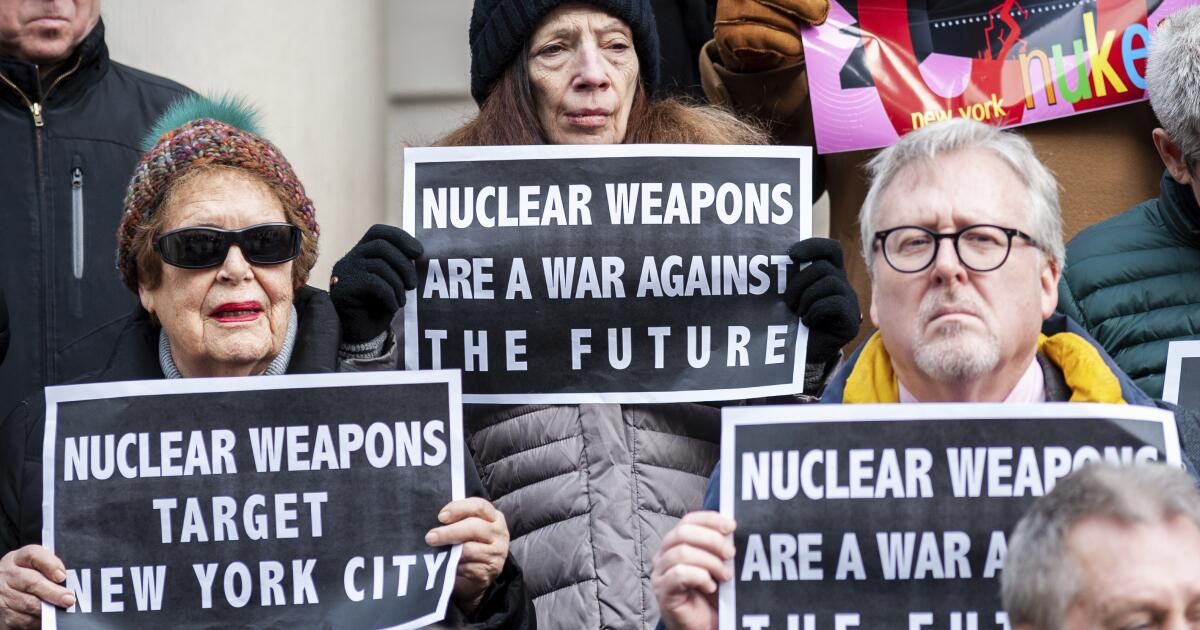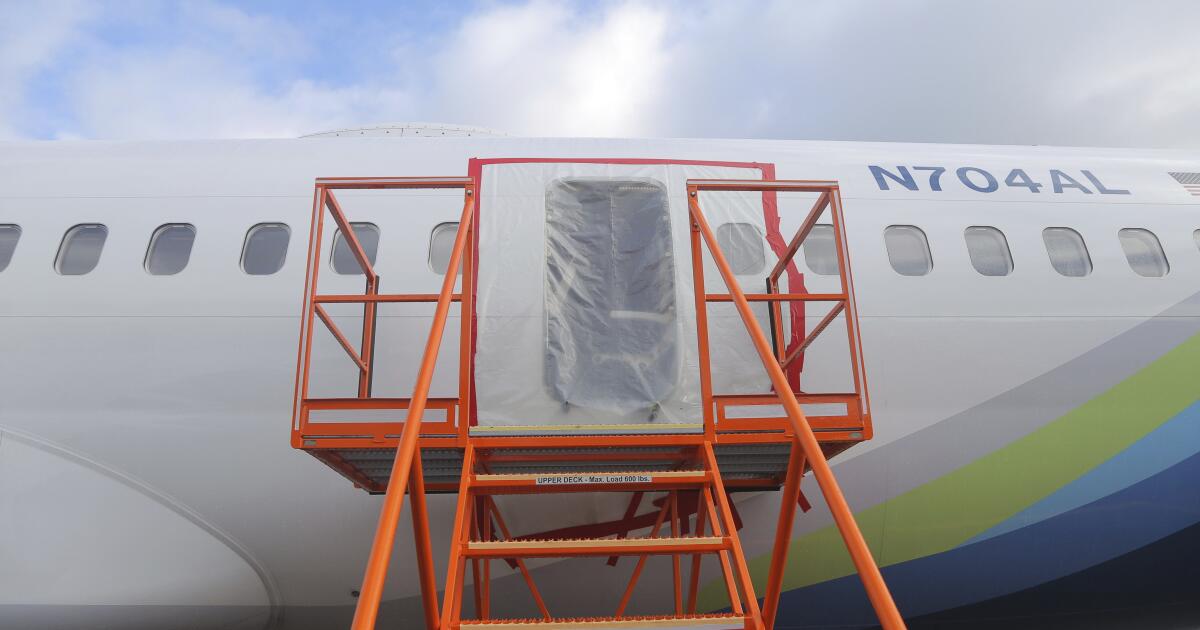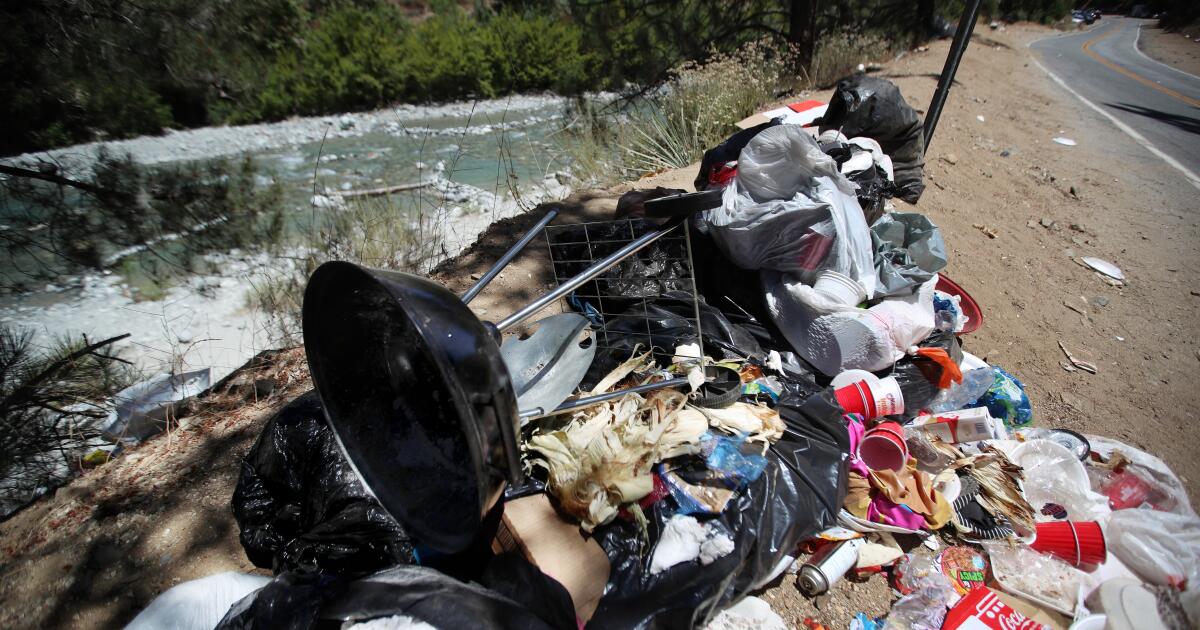At the beginning of June, the The Biden administration announced a more “competitive” nuclear weapons strategy, after Moscow and Beijing He reportedly rejected US efforts to discuss gun control. The new approach includes the possibility of increasing the deployment of strategic nuclear weapons by the United States. The administration's firmer stance may be just a small down payment on an even larger nuclear buildup foreshadowed in a recent report commissioned by Congress. The public has a compelling interest in participating in this discussion now, before the bills and risks come due.
“How much is enough” regarding US nuclear forces is not a new question? It has been debated by political, military and scientific leaders since the first two nuclear weapons were used to end World War II nearly 80 years ago. Today, Washington and our two most likely nuclear adversaries, Russia and China, are examining their nuclear ledgers to account for growing tensions in great power relations, new technologies such as artificial intelligence and cyberwarfare, and Emerging battlefields in space.
Will the American people have a voice in this debate? Historically, there have been times when public opinion has driven nuclear policy, and not simply through elected representatives in Congress voting on defense appropriations. Widespread concerns about radioactive fallout helped spur negotiations that banned atmospheric nuclear testing in the early 1960s. In the early 1980s, millions flocked to the United States and Europe to protest the deployment of nuclear weapons. intermediate range, which put pressure on President Reagan and Mikhail Gorbachev of the USSR to negotiate a ban on these systems.
However, it has been decades since the American public weighed in en masse on nuclear policy, leaving the discussions to a small number of government, civil and military bureaucrats and members of Congress.
The rest of us have practical and existential reasons to commit. For starters, the resources needed to maintain or expand our nuclear arsenal are substantial: hundreds of billions of dollars for new missiles, bombers, and land-based nuclear submarines. This will come at a substantial cost to other defense capabilities and domestic priorities. Even more profoundly, a more aggressive nuclear policy and the mere existence of more weapons can increase the risk of nuclear use, posing an existential threat to us all. As former CIA deputy director of intelligence aptly told then-national security advisor Henry Kissinger decades ago: “Once nuclear weapons start landing, the response will probably be irrational.”
According to research by independent experts published in the Bulletin of Atomic Scientists, the United States currently deploys more than 1,700 nuclear weapons. About half of these warheads are on “day-to-day” alert, ready to be launched within minutes. Half of them are deployed at sea, immune to attack. Any rational nuclear adversary (for example, Russia or China, alone or together) must conclude that the use of even a nuclear weapon against the United States or its allies in Europe or Asia would likely trigger a massive American nuclear response that could destroy the leadership of a aggressor. , military forces and industry. And the sobering reality is that a rational American president must conclude the same thing about Russia, which deploys roughly the same number of nuclear weapons as the United States, and about China, with a much smaller but growing nuclear inventory.
Adding more nuclear weapons, missile silos, bombers or submarines to the mix in China, Russia or the United States – or applying new technologies, whether in speed or power – will not change the nuclear fundamentals: use even one nuclear weapon and risk suffering nuclear retaliation and a broader nuclear war that would destroy nations. The sensible thing for the United States is to ensure an adequate nuclear deterrent that prioritizes survivability, which means firepower and totals limited to the current arsenal, or even less.
Ordinary Americans can and should campaign against this dangerous nuclear expansion. And beyond that, we can support what the United States has been slowly doing: reducing the risks of nuclear use by reducing nuclear weapons globally through strong security policies and diplomacy.
We can also support efforts to make the reserves we have safer. In a rare but laudable bipartisan initiative, Congress directed the Biden administration to conduct an internal review of US nuclear command and control systems, including “fail-safe” measures to strengthen safeguards against threats cyber warfare and unauthorized, inadvertent or accidental use. of a nuclear weapon. The review is scheduled for the autumn and will almost certainly require new investments to safely maintain a nuclear deterrent for as long as it is needed. It would be money well spent by Washington, and something that should be encouraged in all nuclear weapons states.
There is no doubt that the United States now finds itself in widespread competition with China and Russia. In Europe, the focus is on the war in Ukraine and deterring any new Russian attacks on our NATO allies. The competition with China is much broader: there is a growing military component in the South China Sea and in Taiwan, but the economic and technological race has equally important consequences.
“Winning” this competition will require a series of increased investments and initiatives, such as strengthening our conventional military capabilities, leading the artificial intelligence revolution, developing defenses against cyber attacks, and expanding clean energy alternatives. Making costly investments in nuclear capabilities beyond what is adequate for deterrence would mean running this race with a heavy sandbag on our shoulders.
When it comes to nuclear weapons, less is more.
Steve Andreasen was staff director for defense policy and arms control at the National Security Council from 1993 to 2001. He teaches in the school of public affairs at the University of Minnesota.












